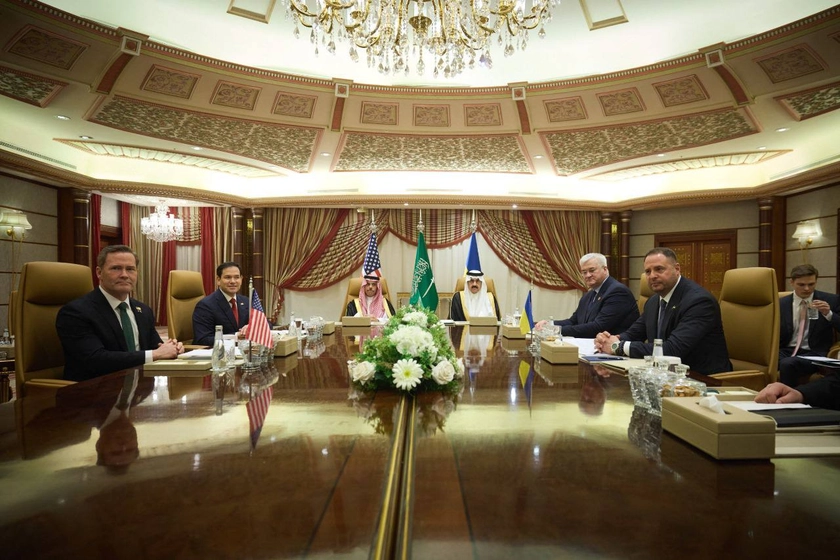The successful rapid counteroffensive of Ukrainian troops in the Kharkiv direction and the continuing liberation of settlements in the south and east of Ukraine have turned the tide of Russia’s war against Ukraine. Russian president Vladimir Putin is forced to either abandon his plans to seize Ukraine or announce mobilization and intensify military operations. He has chosen the second option despite the inherent risks. associated with such
On Sep.20 the Russian authorities started preparing to announce a general mobilization. The State Duma of the Russian Federation introduced the concepts of “mobilization,” “martial law,” and “wartime” into the Russian Criminal Code and imposed a penalty for voluntary surrender (up to 10 years in prison).
On the same day, Russian occupiers declared plans to hold a pseudo-referendum from September 23 to 27 on joining the occupied territories of Donetsk, Luhansk, Kherson, and Zaporizhzhia regions to the Russian Federation.
On Sep. 21, Putin announced a partial mobilization and supported the referenda in Russian-occupied Ukrainian regions. He also reiterated that the primary goal of the “special operation” was “the liberation of Donbas.” According to him, “the LPR [self-proclaimed Luhansk Peoples Republic] is fully liberated, the DPR [Donetsk Peoples Republic]- partially.” This means that Putin has chosen the escalation of the war.
Ukraine Receives 1st Canadian Tranche of Loan Backed by Russian Assets
All or nothing – seems to be the motto the Russian authorities are emphasizing.
The decree on partial mobilization was published on the Kremlin website. Only those citizens in reserve, who served in the armed forces, with certain military specialties and relevant experience, will be subject to conscription. The governors were instructed to issue a call for mobilization in quantity and within the period determined by the Ministry of Defense for each region.
The Russian government should finance activities for partial mobilization and take the necessary measures to meet the needs of the Russian armed forces, other troops, military formations, and bodies during partial mobilization.
In addition, in his address, the Russian president, openly threatened Ukraine with the use of nuclear weapons.
“All means of destruction, including nuclear ones, will be used in the event of a threat to the territorial integrity of Russia. This is not a bluff” – Putin threatened if Ukrainian forces enter the territories he considers to be Russia’s.
After Putin’s speech, Russian Defense Minister Sergei Shoigu said that 300,000 reservists would be called up. Russia has a colossal mobilization resource, he claimed, almost 25 million people, and a little more than 1% are subject to partial mobilization.
The main question arises – will the Russians support Putin’s decision? It’s one thing to support Putin and be proud of imperial ambitions in the kitchen, but it’s another to participate or send your children to war.
According to Ukrainian military intelligence, the announcement of general mobilization would only be a positive thing for Ukraine because the protest mood in Russia is weak, but young people do not want to go to war.
“We have analyzed Russian society and concluded that in the main those who support Putin’s war are people who are 50 years old and who will not be going to war. Young people in their twenties and thirties are needed on the front. Because of that, this announcement of general mobilization would be an indicator that will show the readiness of the Russian people to continue this bloody war,” Intelligence General Skibitsky says.
You can also highlight the text and press Ctrl + Enter











